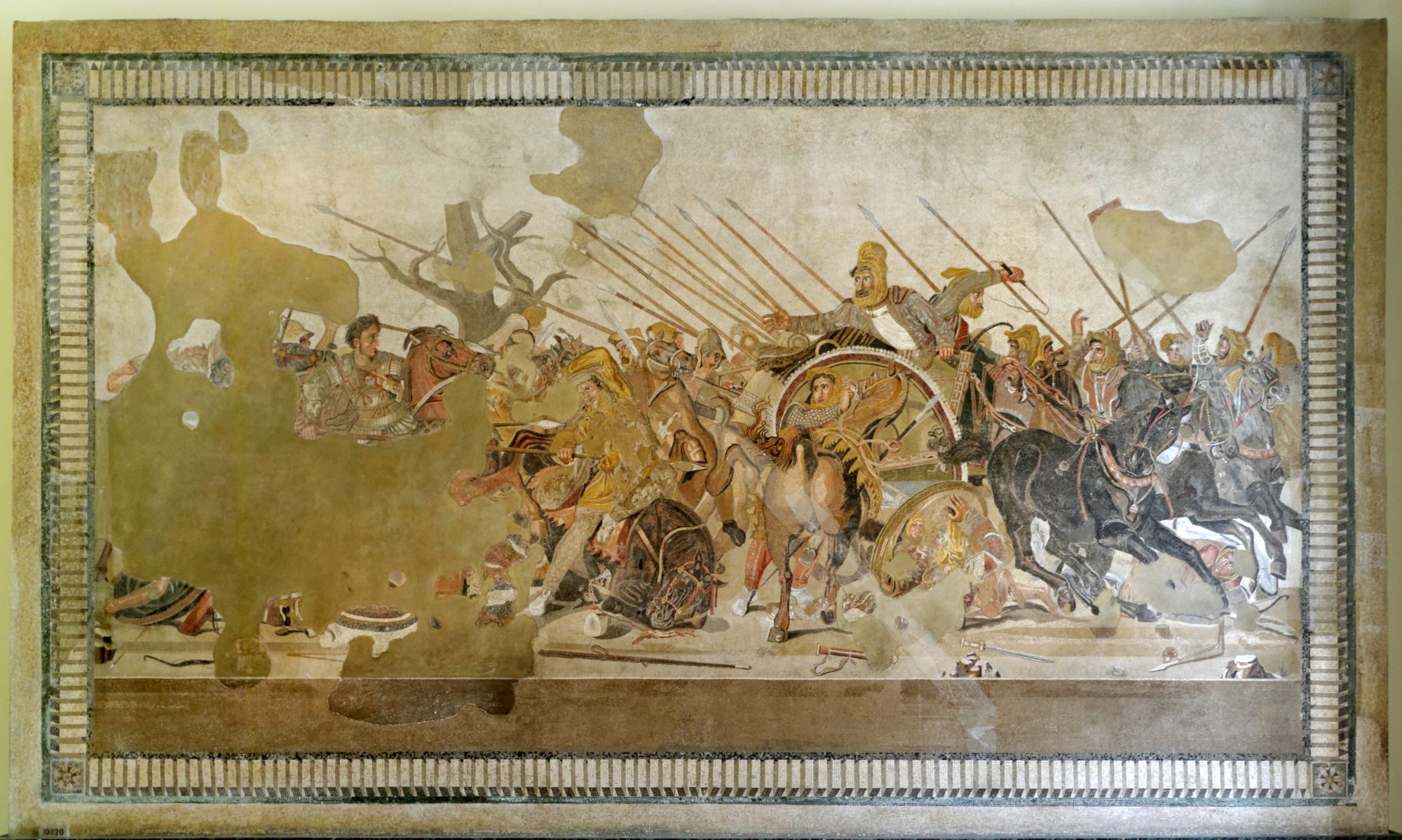48 pages
Publisher: Osprey Publishing (22 Sept. 2016)
Language: English
ISBN-10: 1472807286
https://www.amazon.co.uk/Byzantine-Naval-Forces-1261-1461-Men-at-Arms/dp/1472807286
One of Osprey’s newest and most prolific authors, Raffaele D’Amato, focuses this study on the three “Regiments” of Byzantine marine infantry who manned the fleets of the Eastern Roman Empire for the last 300 years of its existence.
He qualifies two things, one that the name Byzantine does not reflect the fact the legacy of this state as the last vestige of Roman power in the world and two, that the reconstruction of the appearance of the troops under discussion are based principally on iconography and pictorial sources. It’s an odd and confusing paradox that the Greek Byzantines associated themselves actively as Romans, yet ironically shunned what they termed “Latins” of the west, (even those who lived in the city of Rome) who of course were not “Romans” yet were associated with the old imperial language p.
This isn’t a book about fighting prowess so much as an overview of the makeup, fighting roles and organisation of the reorganised Imperial fleet. Which in shorthand was split into heavy infantry, light infantry and rowers. These troops formed the front line in the fight against the “Latin” maritime kingdoms of Italy and the encroaching menace of the Ottoman Turks, not least serving against fellow Romans in the civil wars of the 14th century.
As one would expect in a Men at Arms title (though it can vary) we get a concise and thorough overview of operational highlights, appearance, equipment and status in society. Accompanying images detailing weapons and armour are joined with illustrations by Ukrainian painter Igor Dzis, whose highly artistic and superbly detailed work makes its Osprey debut alongside old hand Peter Dennis, who has done an excellent job portraying the richness of costume and colour.
Personally I’m very pleased to see Dzis bring this level of illustration to MAA, and although some of the paintings are a few years old, he is principally a military artist focusing on ancient and medieval subjects, (though he has illustrated books in the past), I hope more of his work appears in the future.
Josh.








You must be logged in to post a comment.